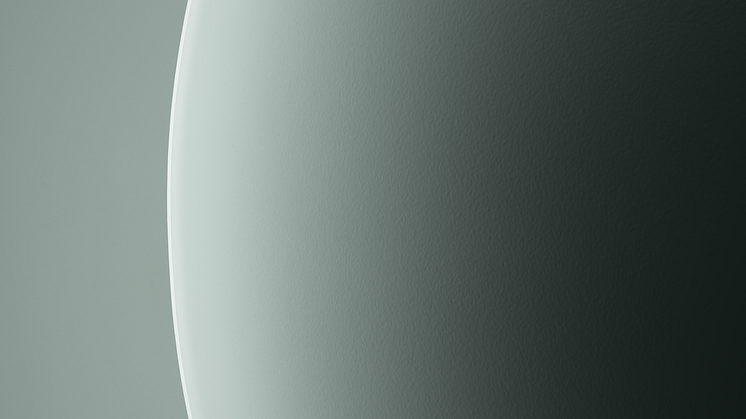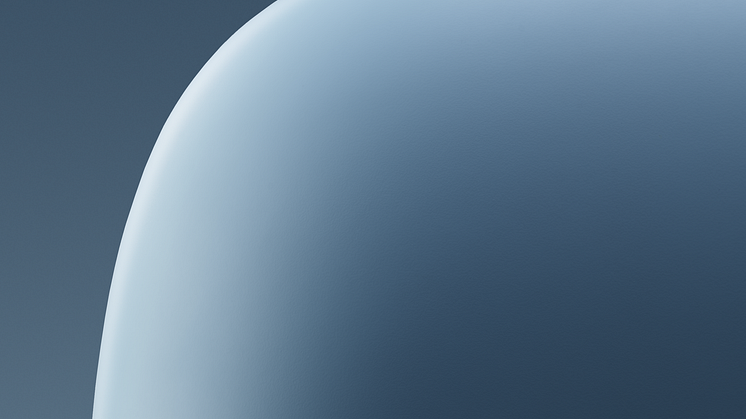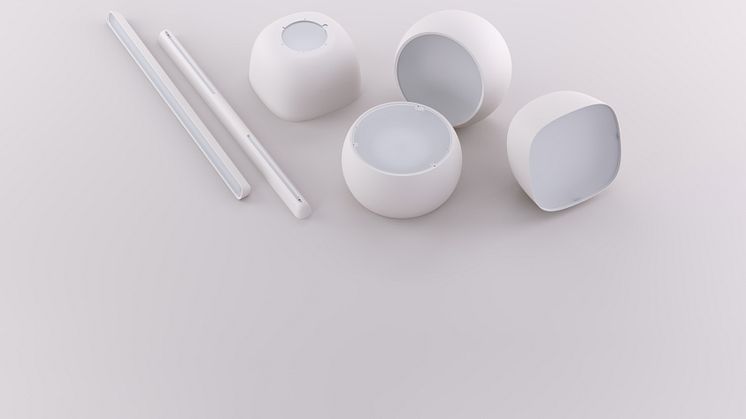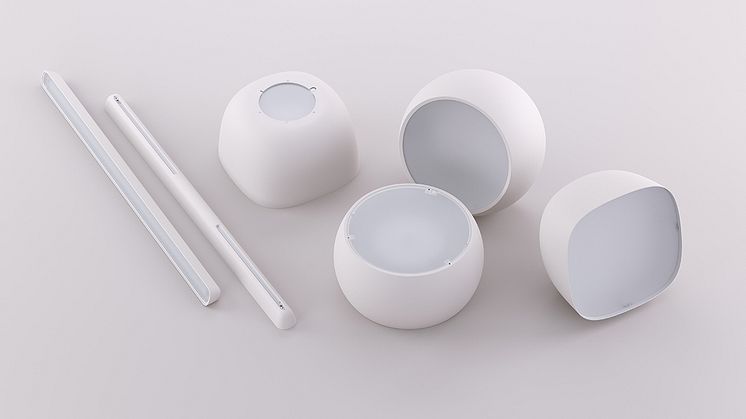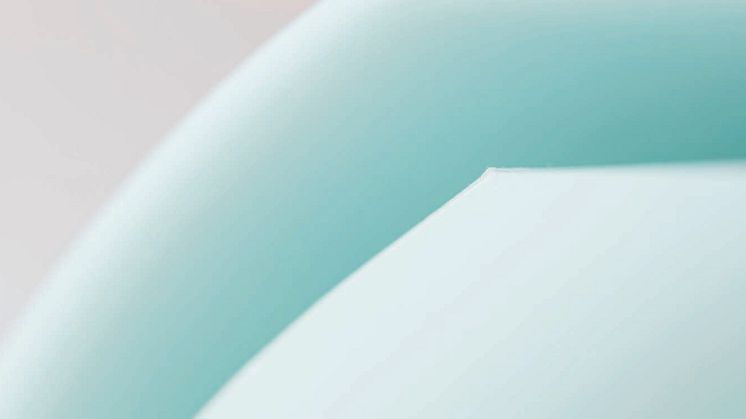
Blog post -
The beauty is in the brain of the beholder
Advances in neuroimaging allows us to have a more indepth understanding of how our brain processes impressions. We now know more of how the brain perceives form, symmetry and colour. We even know what the brain’s favourite shape is.
The human mind is a beautiful and complex thing, sometimes full of surprises. Even though we are modern and civilised people, with office works and take away coffee, our brains might not have fully adapted to this reality. Our inherited preferences and innate reactions shows us that this era of humanity is a relatively small time-span in our biological history. To a large extent, aesthetics is a result of nurture, not nature. There are memories, learned behaviours and cultural issues that help us form visual preferences. A group of scientists, at the Zanvyl Krieger Mind/Brain Institute at the Johns Hopkins University has studied how pure shape is perceived, to see how the brain reacts.
BEAUTY AND THE BRAIN
At an art exhibit in Washington in 2010, called the Beauty & the Brain Revealed, the concept of beauty was explored thanks to science. The exhibit was a collaboration Johns Hopkins University and the Walters Art Museum. Gallery visitors would wear 3-D glasses to explore digitally morphed blob versions of sculpture-sets, to see how 3-D shape characteristics relate to aesthetic preferences.
For each image set, the audience noted their “most preferred” and “least preferred” shape on a ballot. The neuroscientists then reviewed the museum-goers’ responses in combination with MRI (Magnetic Resonance Imaging) scans taken on lab study participants, looking at the very same images.
The researchers had three hypotheses. First, that the shapes we most prefer are more visually stimulating, meaning that they spark intense brain activity. At the same time, it could be that our favourite shapes are peaceful and calm brain activity. Or, they thought, we might settle for shapes that spur a pattern of alternating strong and weak activity. They found it to be almost universally true in data, and also in audiences, that the vast majority have a specific set of preferences;
BIOLOGICAL BLOBS
“Shallow convex surface curvature is characteristic of living organisms, because it is naturally produced by the fluid pressure of healthy tissue (e.g. muscle) against outer membranes (e.g. skin).”
Researchers believe that the brain may have evolved to process information about smoothly rounded shapes in order to guide survival behaviours like eating, mating and predator evasion. In contrast, the brain devotes less processing to high curvature, jagged forms, which tend to be inorganic (e.g. rocks), hence less important.
Yet another study, this one carried out at the University of Toronto at Scarborough studied the influence of architecture on the human brain. On average, the urban human spend about 90% of her time indoors. A common perception is that the physical features of the places we live and work in influence how we feel and act. The number of home interior magazines and blogs would not survive otherwise.
However, there is surprisingly little research on how said architectural forms impacts behaviour, much less on how it influences brain function. This research group also conducted a MRI study to examine how variation in contour impacts aesthetic judgments.
“ROUNDNESS IS AN UNIVERSAL PLEASURE”
The Toronto study found that participants were more likely to perceive spaces and objects as beautiful if they were curvilinear than rectilinear. Furthermore, the combination of the behavioural and neural evidence underscores the role of emotion in human preference for curvilinear objects, within architecture and design. In other words – roundness is an universal pleasure for humans.
Given the knowledge of how we are influenced of curvilinear forms, take a look at your surroundings and let the curves in. Most likely, your brain will thank you.

